Technical Analysis of the Financial Markets With Study Guide
$13.56
| Author(s) | |
|---|---|
| Pages |
585 |
| Format |
|
| Publication Year |
1999 |
Technical Analysis of the Financial Markets Covering the latest developments in computer technology, technical tools, and indicators, the second edition features new material on candlestick charting, intermarket relationships, stocks and stock rotation, plus state-of-the-art examples and figures.
Introduction:
Before beginning a study of the actual techniques and tools used in technical analysis, it is necessary first to define what technical analysis is, to discuss the philosophical premises on which it is based, to draw some clear distinctions between technical and fundamental analysis and, finally, to address a couple of criticisms frequently raised against the technical approach.
Technical analysis is the study of market action, primarily through the use of charts, for the purpose of forecasting future price trends. The term “market action” includes the three principal sources of information available to the technician-price, volume, and open interest.
The term “price action,” which is often used, seems too narrow because most technicians include volume and open interest as an integral part of their market analysis. With this distinction made, the terms “price action” and “market action” are used interchangeably throughout the remainder of this discussion. There are three premises on which the technical approach is based:
- Market action discounts everything.
- Prices move in trends.
- History repeats itself.
One of the great strengths of technical analysis is its adaptability to virtually any trading medium and time dimension. There is no area of trading in either stocks or futures where these principles do not apply. The chartist can easily follow as many markets as desired, which is generally not true of his or her fundamental counterpart. Because of the tremendous amount of data the latter must deal with, most fundamentalists tend to specialize. The advantages here should not be overlooked.
Contents:
- Philosophy of Technical Analysis
- Dow Theory
- Chart Construction
- Basic Concepts of Trend
- Major Reversal Patterns
- Continuation Patterns
- Volume and Open Interest
- Long Term Charts
- Moving Averages
- Oscillators and Contrary Opinion
- Point and Figure Charting
- Japanese Candlesticks
- Elliott Wave Theory
- Time Cycles
- Computers and Trading Systems
- Money Management and Trading Tactics
- The Link Between Stocks and Futures: Intermarket Analysis
- Stock Market Indicators
- Pulling It All Together-A Checklist
- Advanced Technical Indicators
- Market Profile
- The Essentials of Building a Trading System
- Continuous Futures Contracts
Technical Analysis of the Financial Markets: A Comprehensive Guide to Trading Methods and Applications By John J. Murphy pdf
Study Guide to Technical Analysis of the Financial Markets By John J. Murphy pdf
19 reviews for Technical Analysis of the Financial Markets With Study Guide
Clear filtersOnly logged in customers who have purchased this product may leave a review.

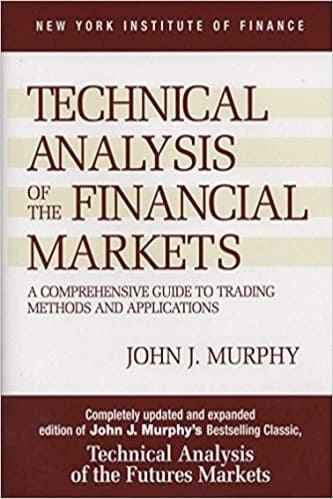
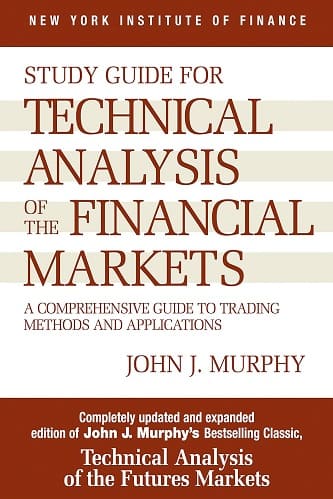
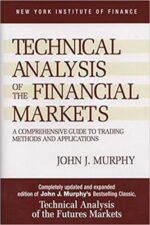
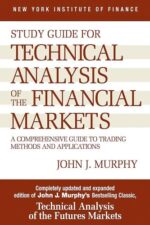
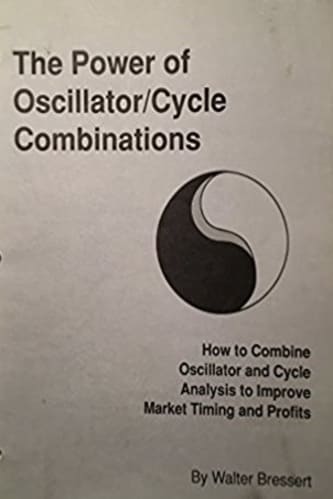
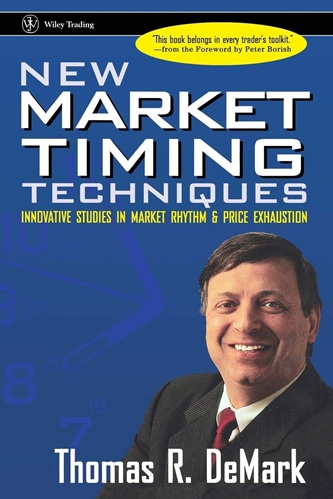
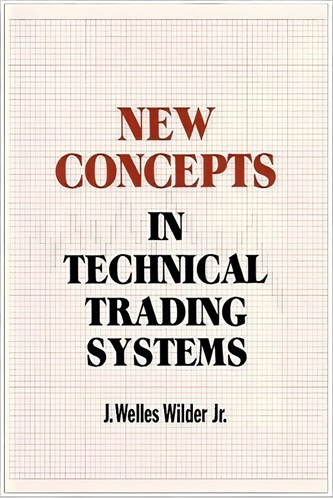
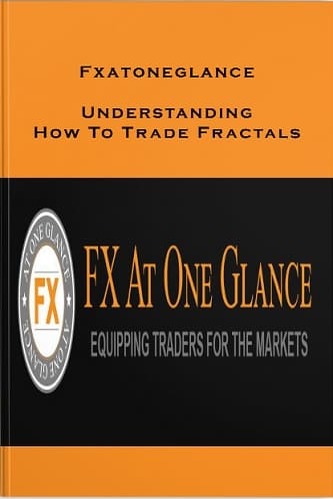
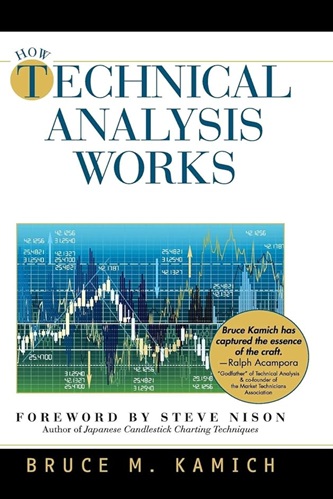
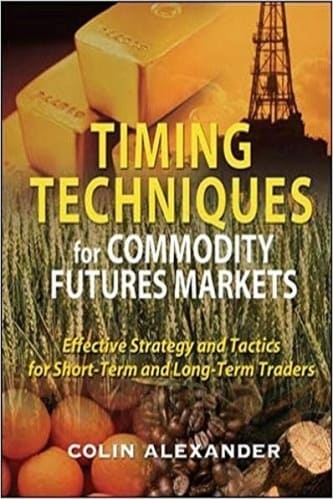
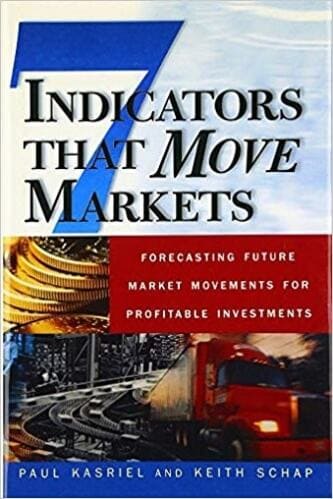
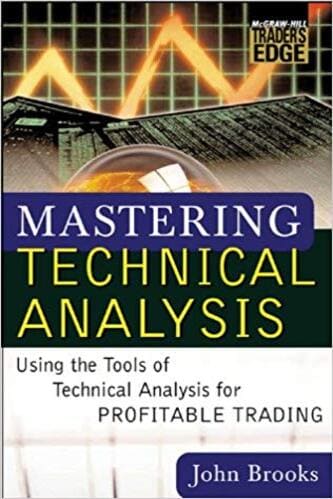
Ronald Moore (verified owner) –
This book clearly outlines every fundamental aspects you need to know about technical analysis, and it’s applicable to any market. I’d definitely recommend it for anyone who wants to get into trading financial markets.
Kali Hernandez (verified owner) –
I think that it has too much information. It is definitely comprehensive.
Mason Jefferson (verified owner) –
The bible of TA, aust for every trader even if you don’t believe it works because thousands do and they move the markets since algos predict those reactions and drive momentum. Not a bedside read or quick read, more like a resource where you always get back to nail the fundamentals of TA
Michael Carlson (verified owner) –
very helpful
Emberly Shepherd (verified owner) –
I’ll be looking to apply the material in these markets. With how I believe things will go in the markets and having learned some Technical Analysis, I’ll definitely be ready.
Another really great book to pair TA of the Financial Markets is “Invent Soup” by Brock Bachelder. He showed me what categories I will be focusing on. The next several decades in automation and AI is going to be insane! This Soup Is Real! The Dessert Too!
Maximus Eaton (verified owner) –
Very pleased – received more than I expected. Well done and THANKS
Walker Turner (verified owner) –
This book is great for learning all the technical analysis stuff that losses you money against algorithim’s. Alot of the patterns and such taught here are trailing what is actually happening in the market so by the time the pattern you are looking for forms the algorithim knows this and takes all your money. If you really want to learn how to trade you have to learn how to read price with absolutley nothing on your chart.
Promise Flynn (verified owner) –
I just got this not too long ago, so it’s going to take me a lot more time to get through this. Much of what’s in here will need to be repeated many times, before I can understand it, but that’s to be expected, so I’m not concerned about that. I am very pleased with it, so far. It came Highly Recommended by many people who I deal with, so I trust their Judgement and expect this to become a Good Reference for me.
Thomas Blake (verified owner) –
Technical Analysis of the Financial Markets” stands out as a comprehensive resource for traders and investors seeking to deepen their understanding of market dynamics. This guide masterfully covers a wide range of trading methods and applications, making complex technical analysis concepts accessible. Its detailed exploration of chart patterns, indicators, and trading psychology offers valuable insights for both novice and experienced market participants. The book’s practical approach, supplemented with real-world examples, equips readers with the tools to develop sophisticated trading strategies. An indispensable reference for anyone serious about mastering the art of technical analysis and enhancing their market performance.
Julieta Hall (verified owner) –
Good reference book. Don’t expect a miracle trading system from this book though…there is no such thing. You have to put in the time, do the research and practice trading to become profitable.
Miley Espinoza (verified owner) –
Gives great technical guidance
Daniella Santos (verified owner) –
It’s a must have book for technical analysis in stock market with it full bunch of tools also great number of mental factors mentioned
Kannon Burnett (verified owner) –
This is an excellent overview of a good selection of indicators, but more suited to the beginner rather than the seasoned trader wanting a much more in-depth analysis. Returned.
Amanda Morrison (verified owner) –
Comprehensive book. Happy with the purchase.
Arianna Hernandez (verified owner) –
Simple and clear overview without unnecessary noise. Great read.
Dallas Francis (verified owner) –
The Bible of trading patterns.
Every pattern and oscillator explained and illustrated.
Comprehensive and complete.
Mason Mahoney (verified owner) –
If I was only allowed to buy one book on trading everything from scalping figures to swing trading, this would be the one book I would buy. It covers they key topics on how to read charts with awesome visual examples and not just a long stream of text. I bought compies for other beginner traders I know as a gift to help them get started, which tells you more than any rating I could give or review I could write. Yes there are more complex books but this gives you a solid foundation on which to build.
Emily Lopez (verified owner) –
Just started reading the book. Appears of a very good quality, I glanced through the chapters and looks like this is the book I was looking for for a while. Packed with lots of technical information. Including pictures so you can see the topics covered in the book.
Brooklyn Ellis (verified owner) –
“Technical Analysis of the Financial Markets” by John J. Murphy is a bit tough but super helpful for learning how to read stock charts and make smart trading moves!